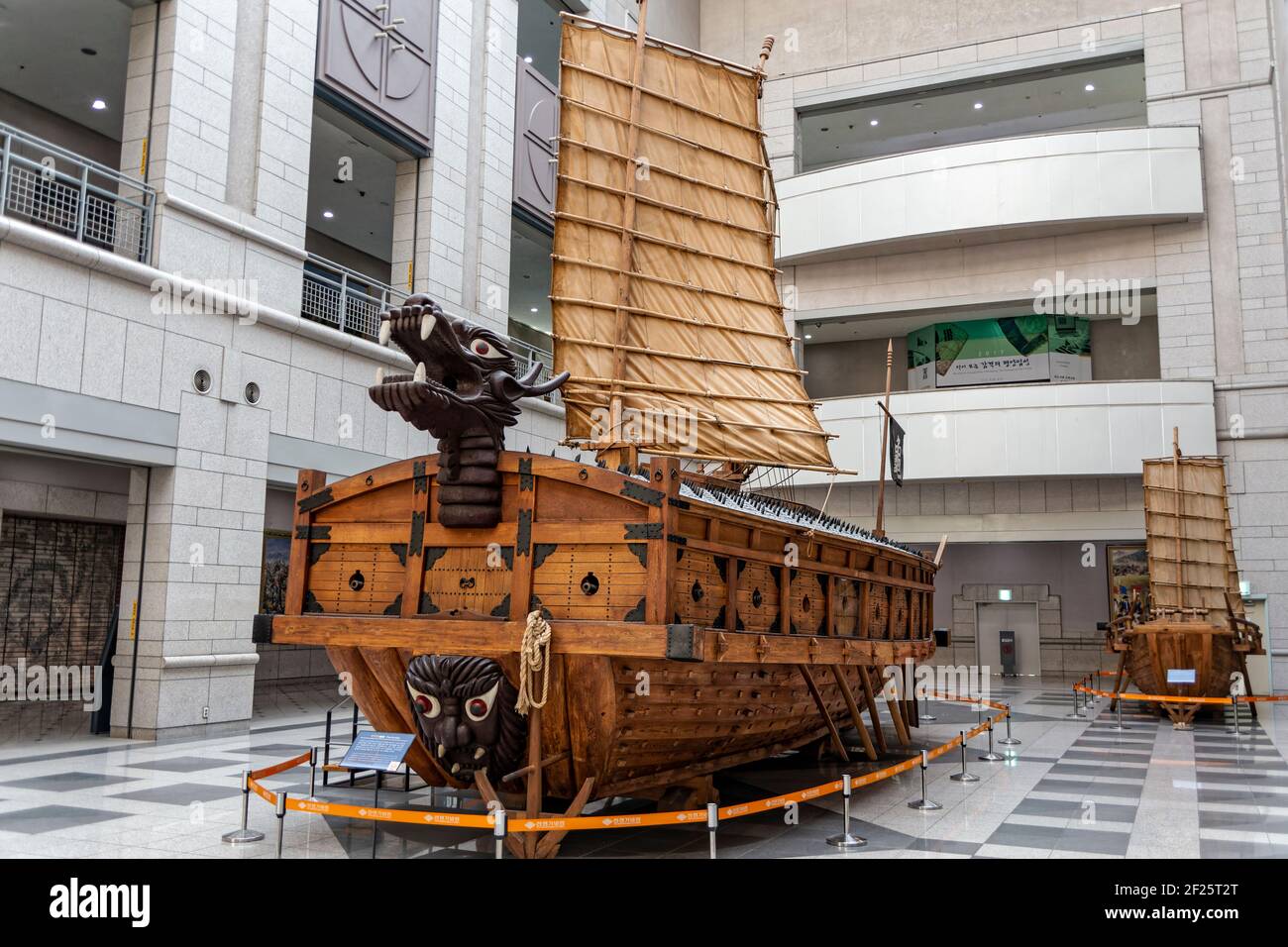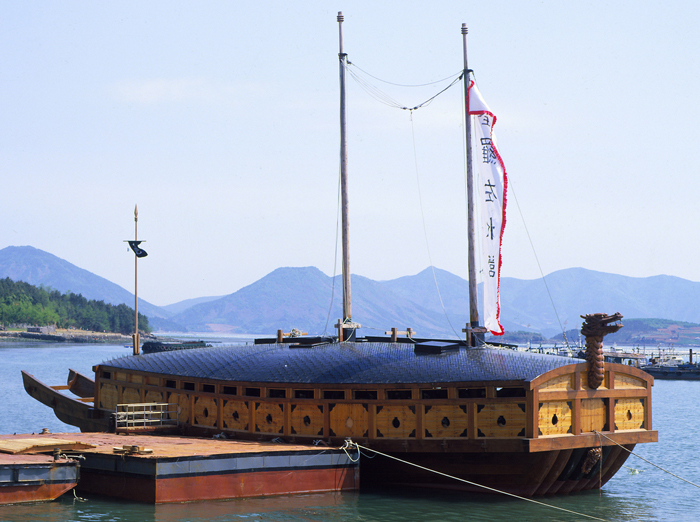
Turtle Ship (Geobukseon) History
Yi Sun-sin (Korean: 이순신; Korean pronunciation: [i.sʰun.ɕin]; April 28, 1545 - December 16, 1598) was a Korean admiral and general famed for his victories against the Japanese navy during the Imjin war in the Joseon Dynasty.. Over the course of his career, Admiral Yi fought in at least 23 recorded naval engagements, all against the Japanese.
Rebuilt Korean turtle boat also known as 'Geobukseon'. The historical existence of the ironclad
A modern replica of a Korean turtle-ship (kobukson), used by Admiral Yi Sun-sin in the Imjin Wars between Korea, China & Japan (1592-8 CE). The precise design is not known except that the deck was covered, perhaps using iron plating, and they were equipped with a smoke-spewing dragon's head, metal spikes to repel boarders and carried multiple canons.
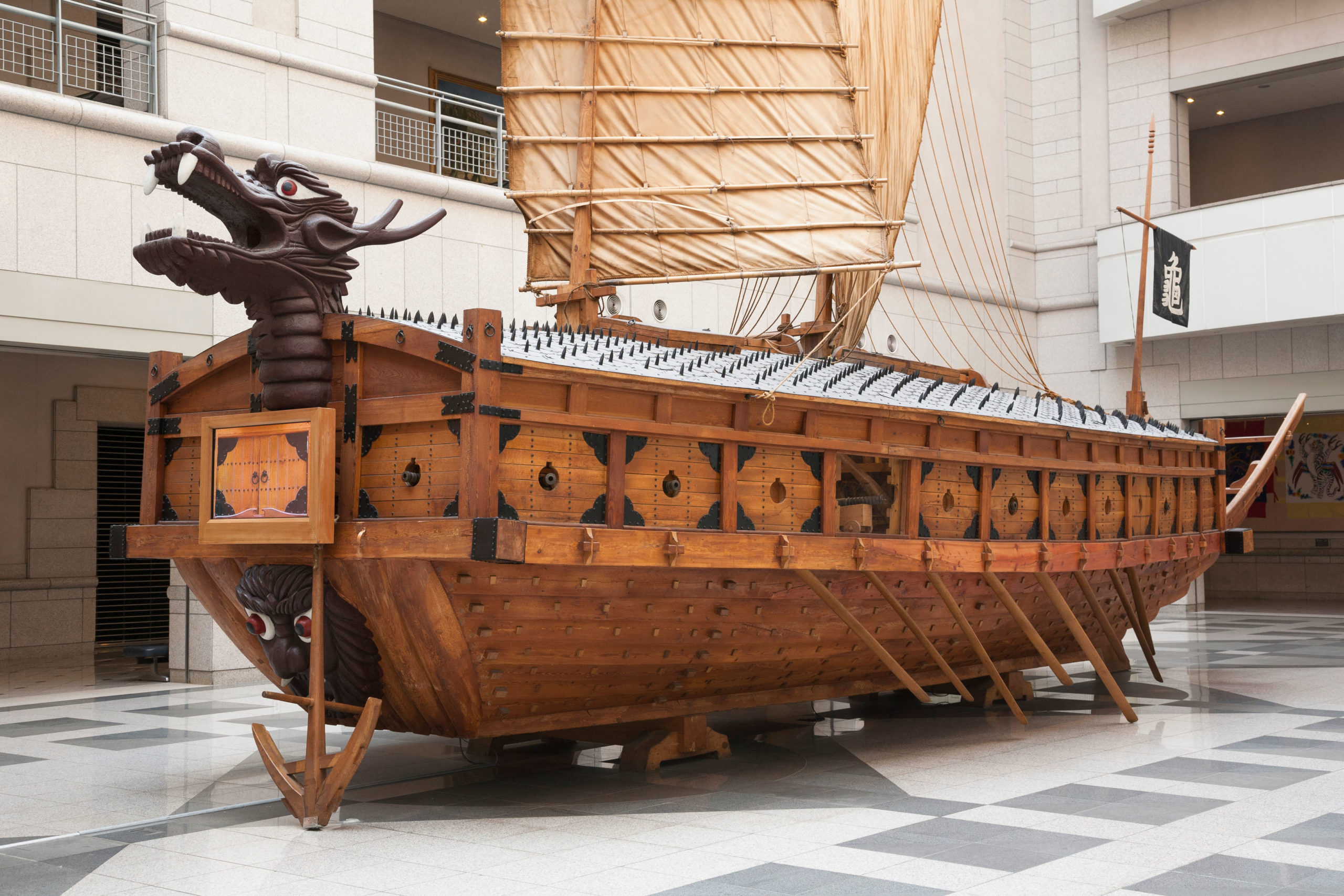
Kobukson (Turtle Ship). War Memorial of Korea.
A turtle ship (Korean: 거북선; RR: geobukseon; Korean pronunciation:) was a type of warship that was used by the Korean Joseon Navy from the early 15th century up until the 19th century. They were used alongside the panokseon warships in the fight against invading Japanese fleets. The ship's name derives from its covering that was said to resemble a turtle shell.
[4032x3024] Replica Turtle Ship in Yeosu, South Korea r/WarshipPorn
Turtle Ships were a type of naval vessel used by the Korean navy during the Joseon Dynasty. They were characterized by a unique design, which included a covering of iron plates shaped like the shell of a turtle. These ships were primarily used for naval warfare, as their armor made them difficult to sink and provided protection for the crew.

When a heroic admiral saved Korea from raging samurais Free Malaysia Today (FMT)
Eric Bryan studies the design of a deadly 16th Century Korean war-vessel. In 1591, with the threat of foreign invasion in mind, Korean Admiral Yi Sunshin collaborated on the design of a vessel called a kobukson, or 'turtle ship'. The ship was based partly on a design going back to at least the early 16th Century, and partly on the standard.

tongyeongturtleship There She Goes Again
The Korean turtle ship, or "geobukseon," is sometimes considered the world's first ironclad ship. It was a giant wooden ship with iron spikes covering the deck. Now, to call it a true ironclad - that is, to suggest that it was covered in plates of metal - would be an exaggeration. But even so, the damage that these fearsome ships were.

The Fascinating Turtle Ships The World's First Armored Battleships Short History
The Geobukseon Turtle Ship is a unique and powerful symbol of naval warfare in Korea's history. It was first commissioned by Admiral Yi Sun-sin during the Joseon Dynasty (1392-1910) to battle against the Japanese navy during the Imjin War (1592-1598). The ship was made of iron plates and was designed to resemble a turtle, with a pointed roof.

Pin by Pam Sweetser on Places I've Been Traditional boats, Capital of south korea, Time in korea
The geobukseon (거북선), known in the west as a "turtle ship", was one of the most instrumental pieces of military technology in Korea during the Joseon era. For roughly four hundred years, the ship was used to defend Korea from invasion by foreign countries. Although the geobukseon fell out of use due to a long period of.

turtle ships Korea Turtle_Ship1 Tall Ships Festival, Turtle Ship, Ship Map, Korean Peninsula
https://history-maps.com/story/Imjin-War-First-invasionThis video is about the Korean Turtle Ships0:00 Overview1:00 Structure3:45 Armament5:12 TacticsA Geobu.
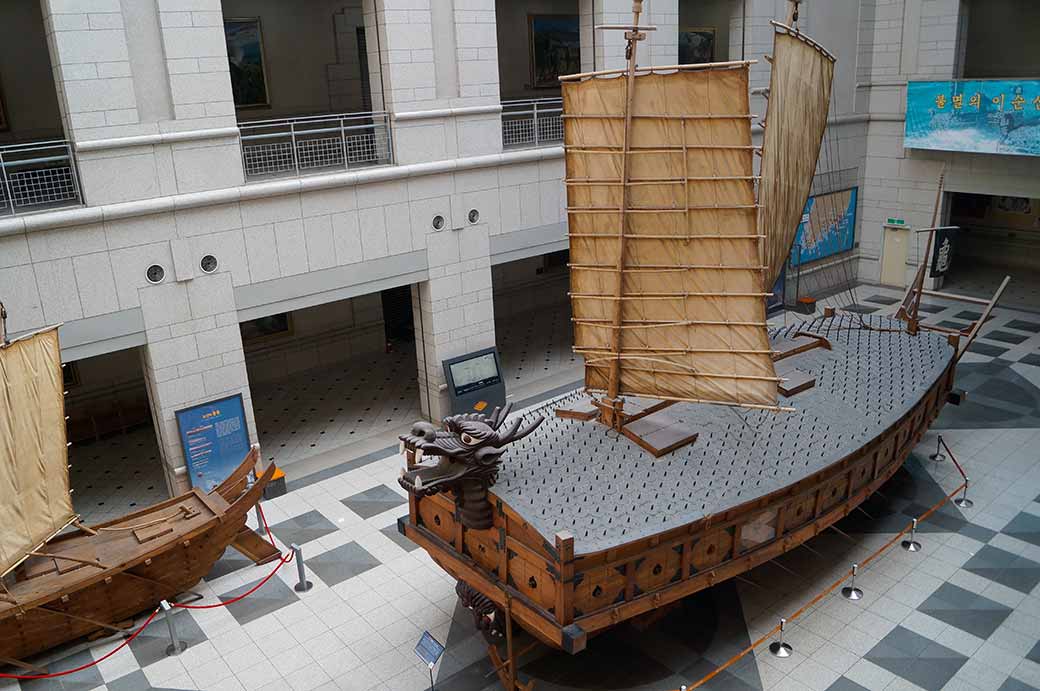
The “turtle ship” Museums Korean History and Culture Korea OzOutback
Geobukseon (거북선) is the famous legendary Korean turtle warship during the Joseon era. Admiral Yi Sun-Shin designs this large Korean turtle ship to fight against the Japanese Invasion during the Joseon Dynasty. In this article, I will share about this great turtle ship that brought victories for South Korea and successfully repelled the.
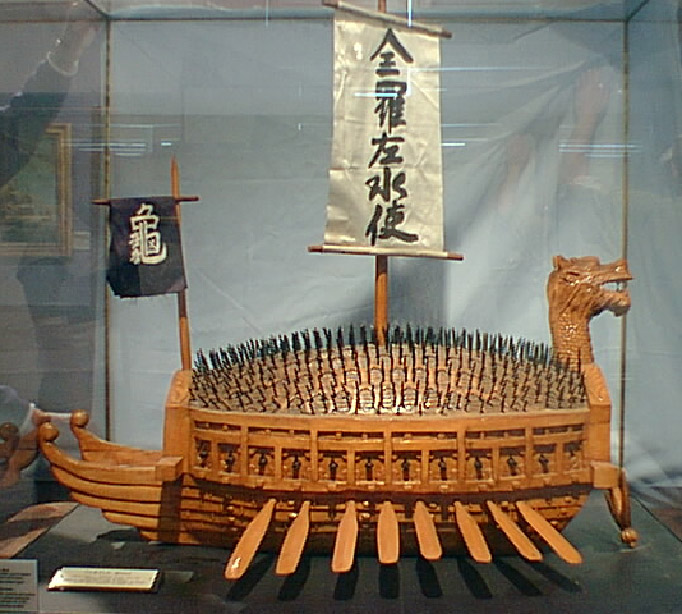
Korean Turtle Ship,1592 Channel Islands Maritime Museum
This 113-foot-long Turtle Ship is located at The Korean Naval Academy in Jinhae. Unearthing the Turtle Ship. A Turtle Ship, said to have drowned in the seas of Chilcheondo 400 years ago, is the subject of ongoing excavation operations by the provincial government of Gyeongsangnam-do and the 21st Century Yi Sun-sin Research Society.
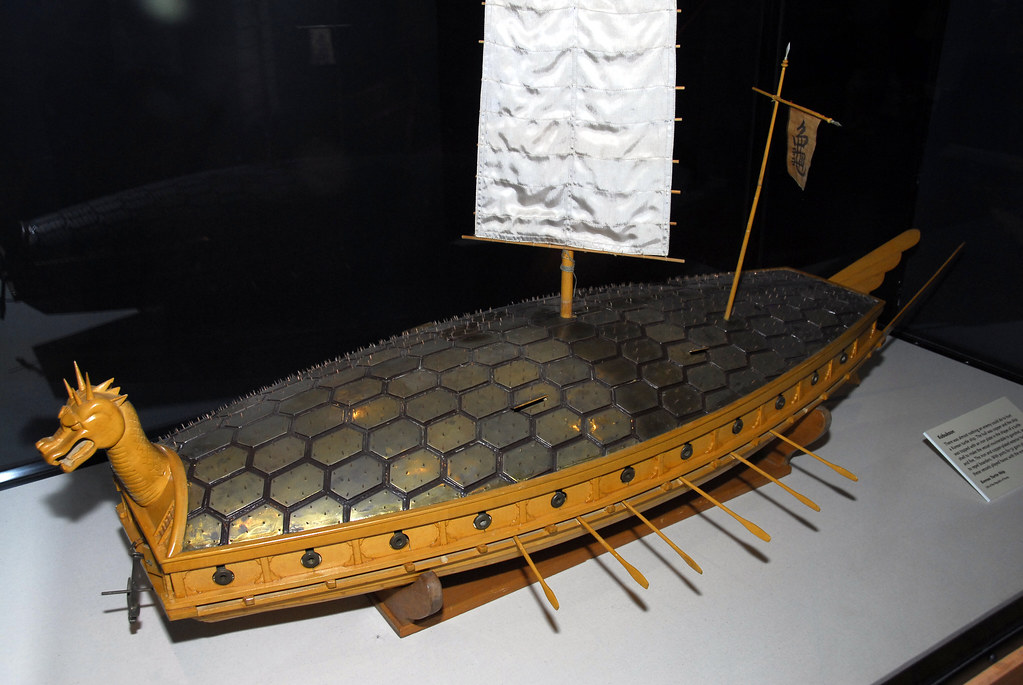
Mariners Museum 2007, Korean turtle ship The Turtle ship (… Flickr
Korean turtle ship (Image: Artstation/@Operus de los Reyes) With a length of 30 to 37 meters (100-120 feet), the turtle ships were tiny compared to modern battleships. The main purpose of the turtle ships was to attack the opponent's command ship. By doing that, the opponent lost its command center and received a heavy blow to morale.
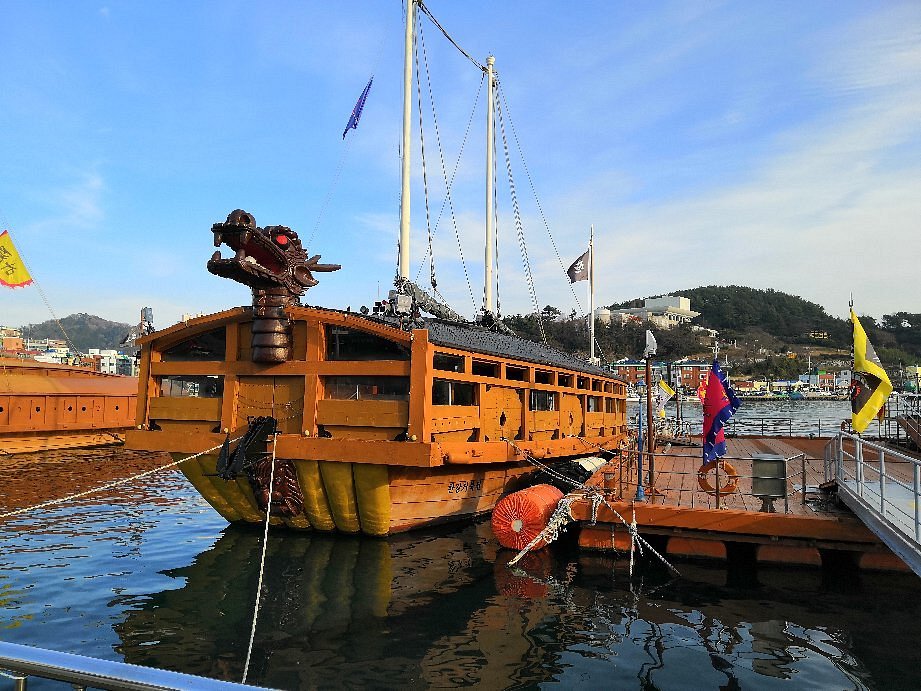
Geobukseon (Turtle Ship) (Tongyeong) All You Need to Know BEFORE You Go
The centerpiece of every Korean fleet, pannokson were the capital ships of the navy, supported by smaller vessels called hyeupson, and fishing boats pressed into use as scouts. Admiral Yi also commissioned the construction of kobukson, the famous "Turtle Ships" that stunned his foes. Riding low in the water, the covered fighting deck of a.
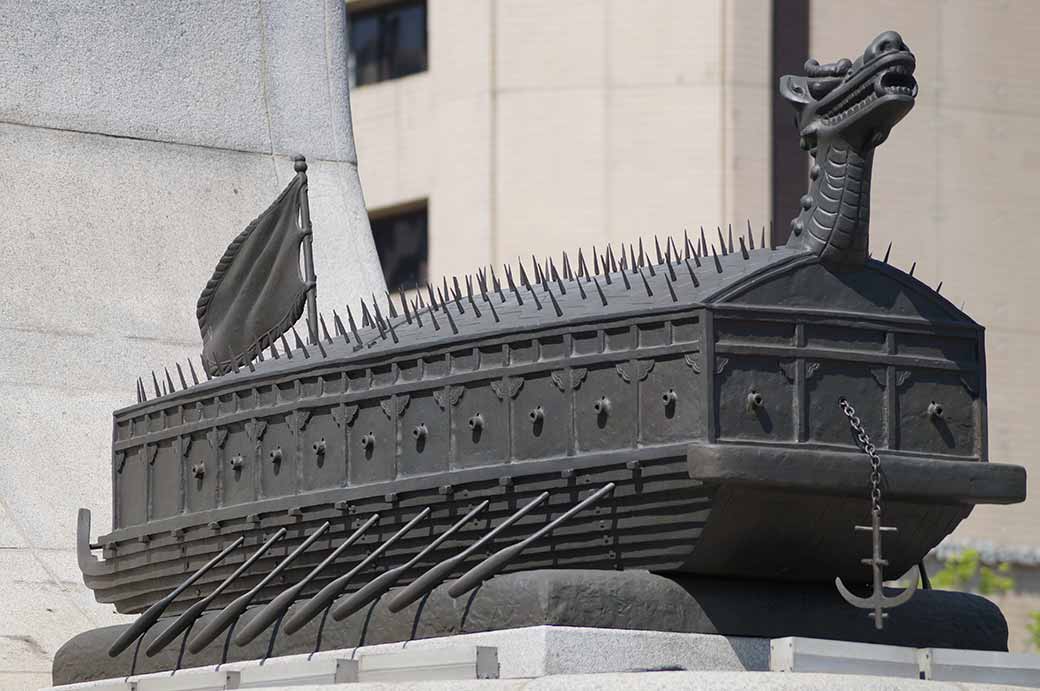
Turtle ship model Traditional Seoul Korea’s Ancient Capital Korea OzOutback
Learn Korean history while admiring the unique shape of the turtle ship. It was an interesting experience. Even though the boat was sailed over 600 years ago, the shipbuilding remains majestic and sturdy. Visiting at sunset time will give you amazing pictures and an unforgettable adventure.
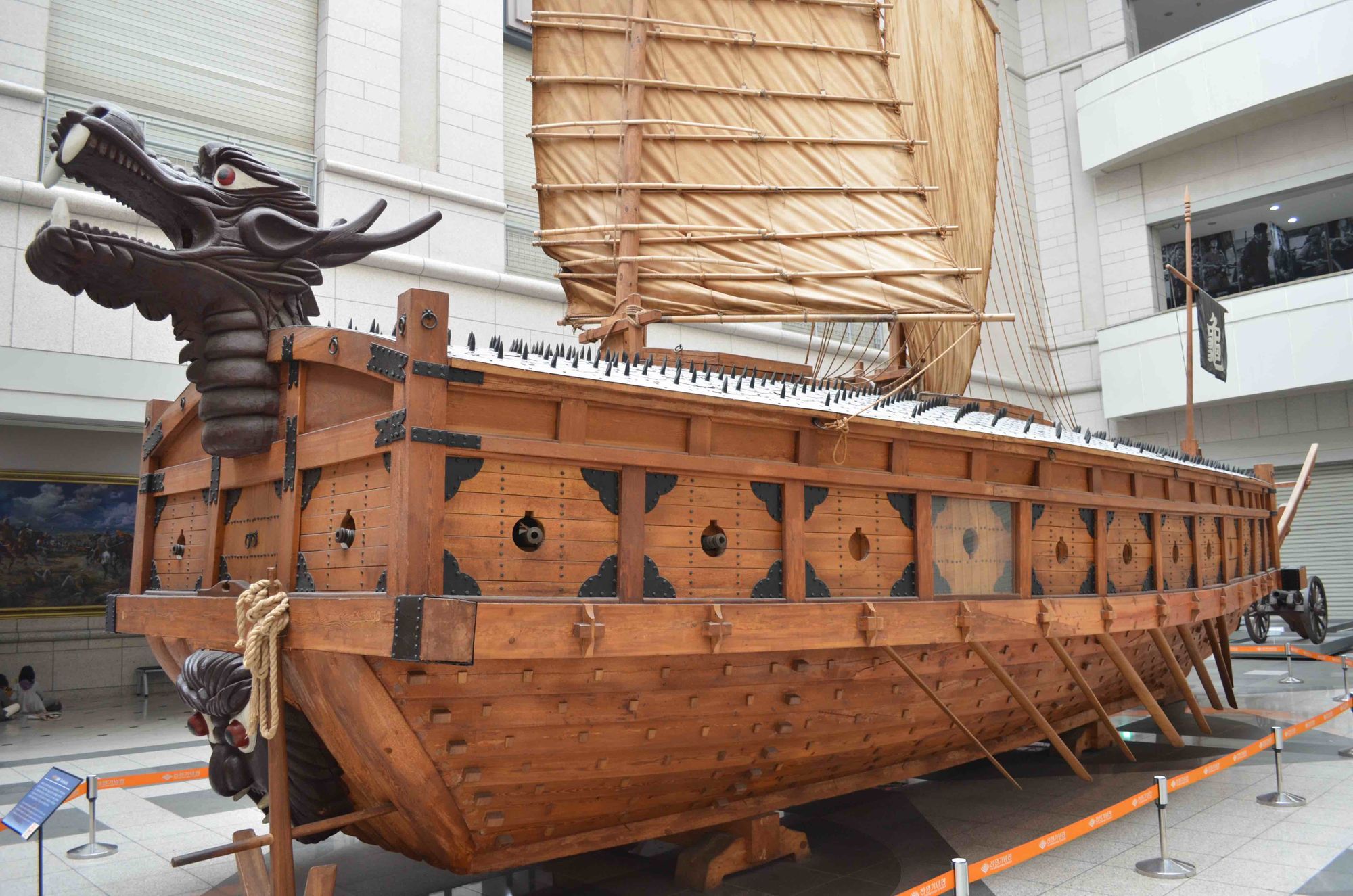
Going Way Back in Korea’s War Time
The Tongyeong ship was just one of many Korean turtle ships, which date back to the 15th century. While the turtle ships weren't initially that powerful or well-constructed, Admiral Yi Sun-sin has been credited in improving the design and leading the Korean naval fleet to victory in 16 battles with the Japanese during the Imjin War (1592-8.)
